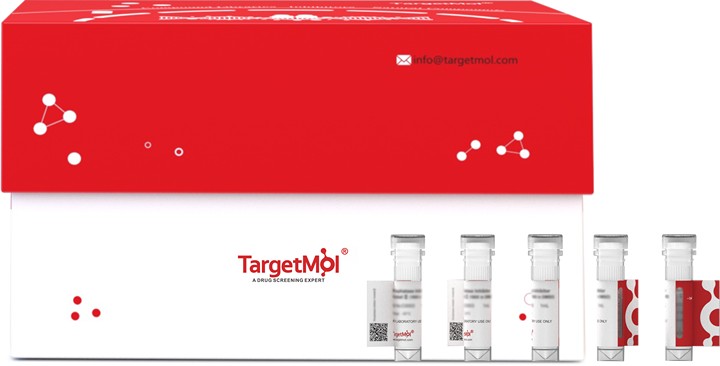Shopping Cart
- Remove All
 Your shopping cart is currently empty
Your shopping cart is currently empty

Insulin Receptor Protein, Mouse, Recombinant (His) is expressed in HEK293 Cells. The accession number is P15208.

| Pack Size | Price | Availability | Quantity |
|---|---|---|---|
| 100 μg | $786 | Backorder |
| Biological Activity | Activity testing is in progress. It is theoretically active, but we cannot guarantee it. If you require protein activity, we recommend choosing the eukaryotic expression version first. |
| Description | Insulin Receptor Protein, Mouse, Recombinant (His) is expressed in HEK293 Cells. The accession number is P15208. |
| Species | Mouse |
| Expression System | HEK293 Cells |
| Tag | C-His |
| Accession Number | P15208 |
| Synonyms | IR-B,IR-A,IR,Insr,D630014A15Rik,CD220,4932439J01Rik |
| Construction | A DNA sequence encoding the Mouse INSR (NP_034698.2) (Met1-Lys946) was expressed with a polyhistidine tag at the C-terminus. |
| Protein Purity | ≥ 95% as determined by SDS-PAGE. ≥ 95% as determined by SEC-HPLC. |
| Molecular Weight | 106.44 kDa (predicted); 145.2 kDa and 49.8 kDa (reducing contition, due to glycosylation) |
| Endotoxin | < 1.0 EU per μg of the protein as determined by the LAL method |
| Formulation | Lyophilized from sterile PBS, pH 7.4. Please contact us for any concerns or special requirements. Normally 5 % - 8 % trehalose, mannitol and 0.01% Tween 80 are added as protectants before lyophilization. Please refer to the specific buffer information in the hardcopy of datasheet or the lot-specific COA. |
| Reconstitution | Please refer to the lot-specific COA. |
| Stability & Storage | It is recommended to store recombinant proteins at -20°C to -80°C for future use. Lyophilized powders can be stably stored for over 12 months, while liquid products can be stored for 6-12 months at -80°C. For reconstituted protein solutions, the solution can be stored at -20°C to -80°C for at least 3 months. Please avoid multiple freeze-thaw cycles and store products in aliquots. |
| Shipping | In general, Lyophilized powders are shipping with blue ice. |
| Research Background | INSR (Insulin receptor), also known as CD220, is a transmembrane receptor that is activated by insulin. INSR belongs to the protein kinase superfamily and exists as a tetramer consisting of two alpha subunits and two beta subunits linked by disulfide bonds. The alpha and beta subunits are encoded by a single INSR gene, and the beta subunits pass through the cellular membrane. As the receptor for insulin with tyrosine-protein kinase activity, INSR associates with downstream mediators upon binding to insulin, including IRS1 (insulin receptor substrate 1) and phosphatidylinositol 3'-kinase (PI3K). IRS-1 binding and phosphorylation eventually lead to an increase in the high-affinity glucose transporter (Glut4) molecules on the outer membrane of insulin-responsive tissues. INSR isoform long and isoform short are expressed in the peripheral nerve, kidney, liver, striated muscle, fibroblasts and skin, and is found as a hybrid receptor with IGF1R which also binds IGF1 in muscle, heart, kidney, adipose tissue, skeletal muscle, hepatoma, fibroblasts, spleen, and placenta. Defects in Insulin Receptor/INSR are the cause of Rabson-Mendenhall syndrome (Mendenhall syndrome), insulin resistance (Ins resistance), leprechaunism (Donohue syndrome), and familial hyperinsulinemic hypoglycemia 5 (HHF5). It may also be associated with noninsulin-dependent diabetes mellitus (NIDDM). |

Copyright © 2015-2025 TargetMol Chemicals Inc. All Rights Reserved.